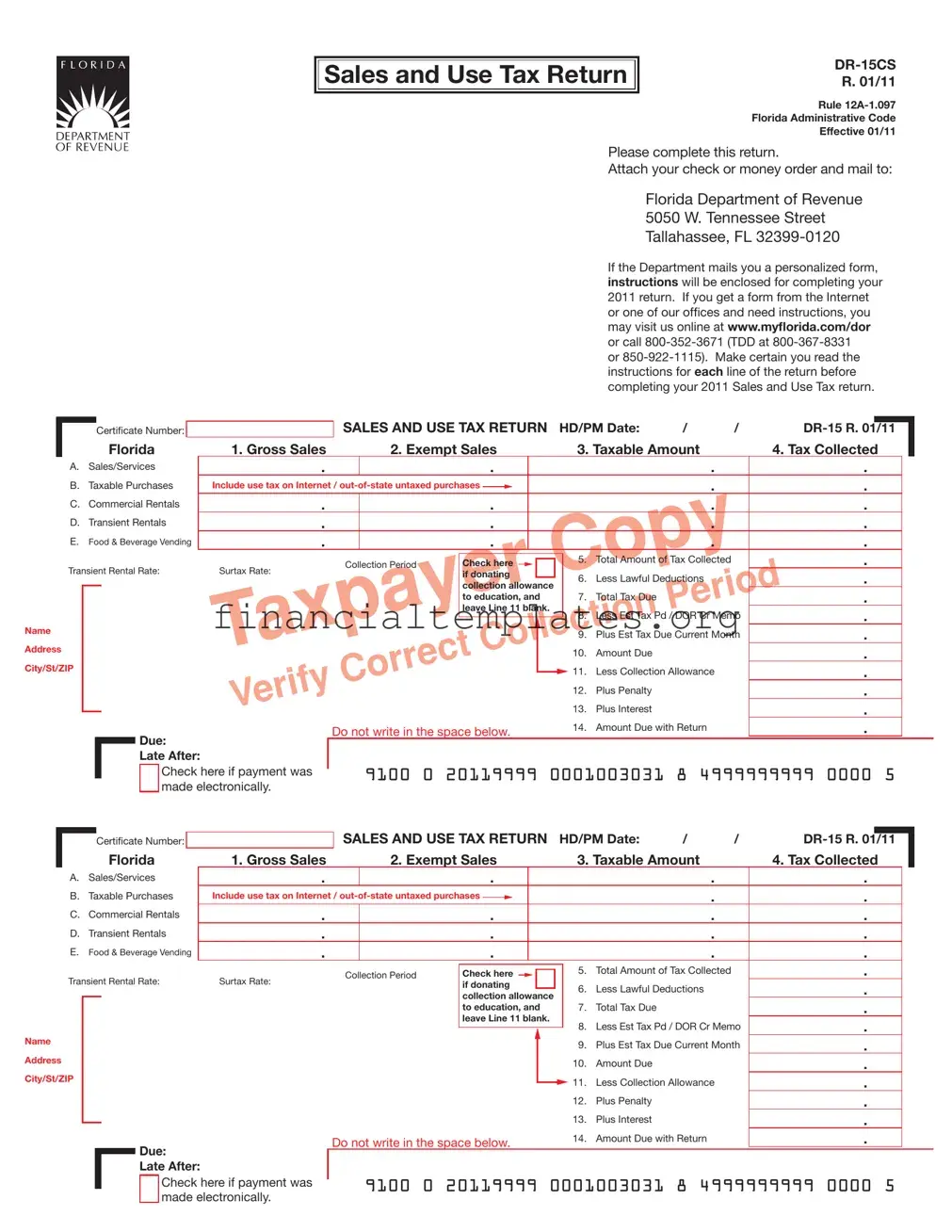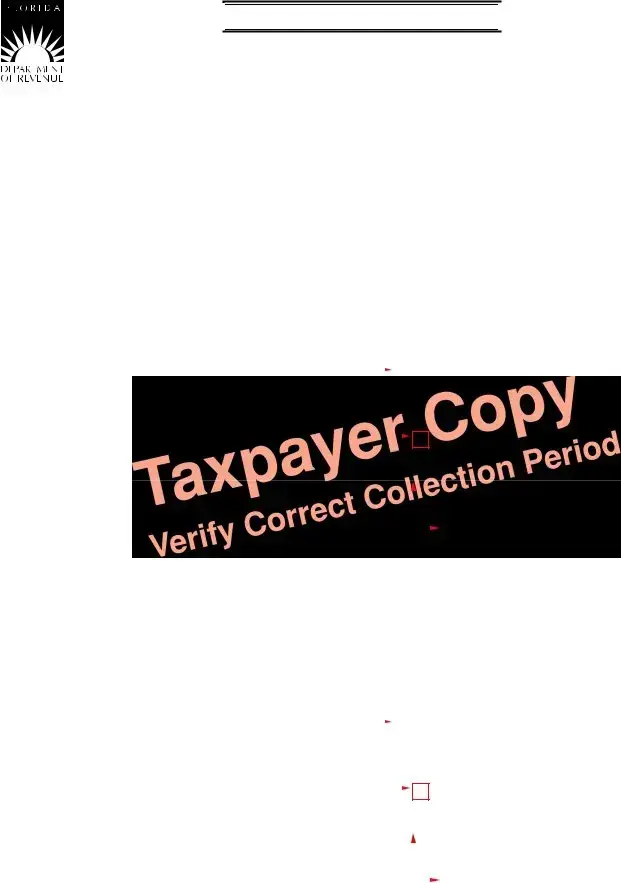The Federal Income Tax Return, commonly filed on Form 1040 by individuals in the United States, shares several similarities with the Florida Sales Tax Form. Both require detailed reporting of revenue—gross sales for businesses on the sales tax form and total income for individuals on the income tax return. Each form allows for deductions or exemptions that reduce the taxable amount, leading to a calculation of either tax due or a refund owed to the filer. The principle of subtracting allowable credits from gross income or sales to arrive at a net tax obligation is a core feature of both documents.
State Unemployment Tax Filing forms, which businesses use to report wages paid and unemployment taxes owed, bear resemblance to the Florida Sales Tax Form. Both types of forms necessitate the accurate reporting of financial transactions over a specific period. Furthermore, they both may result in either a payment due to the respective revenue department, based on the reported amounts, or a request for credit towards future filings.
The Commercial Rent Tax Return, specific to certain localities that impose additional taxes on rental property income, shares common ground with the Florida Sales Tax Form in terms of structure and purpose. Each form requires detailed accounting of gross receipts, permissible deductions, and the calculation of tax due. Both forms also have provisions for exemptions and credits that can affect the final tax liability.
Corporate Income Tax Returns, while focusing on the income of corporations, align with the Florida Sales Tax Form through their mutual requirement for detailed financial disclosures, calculation of a base amount subject to tax, and subsequent adjustments based on allowable deductions and credits. Both documents determine an entity’s tax responsibility to the state and might include schedules for specific types of income or deductions.
Business and Occupation (B&O) Tax forms, required in some states, resemble the Florida Sales Tax Form by focusing on the gross receipts of a business. Each form calculates tax based not on profit but on the total amount of business conducted. They also accommodate deductions specific to the type of business and the nature of the taxable activities, affecting the final tax calculated.
The Use Tax Return, closely related to sales tax, is used for reporting purchases on which no sales tax was paid at the time of purchase. It mirrors the Florida Sales Tax Form in its focus on ensuring that tax is paid on all eligible transactions, regardless of where the purchase was made. Both forms close tax gaps by capturing revenue from previously untaxed sales, including out-of-state purchases.
Excise Tax Returns, which apply to specific goods such as alcohol, tobacco, and fuel, share similarities with the Florida Sales Tax Form in their focus on particular types of transactions. Though excise taxes are more narrowly focused, both forms require accurate reporting of taxable sales or usage, permit some deductions or exemptions, and calculate a tax due based on specific rates applicable to the goods or services being taxed.
Transient Rental Tax Returns, required for short-term lodging providers, and the Florida Sales Tax Form both deal with tax calculations based on gross receipts. They take into account exemptions and deductions specific to the industry, such as exempt stays or eligible deductions for the provider, leading to a computation of tax owed. The principle of itemizing gross income and subtracting specific allowances is central to both.
Gross Receipts Tax Forms, used by some states as a way to tax the total gross revenues of a company rather than its net income, parallel the Florida Sales Tax Form in their focus on top-line income. Both demand a comprehensive accounting of all revenue before deductions, and adjustments are made to arrive at the taxable amount. The overarching goal of capturing a broad snapshot of a business’s financial activities for tax purposes unites these forms.



 Sales and Use Tax Return
Sales and Use Tax Return 

